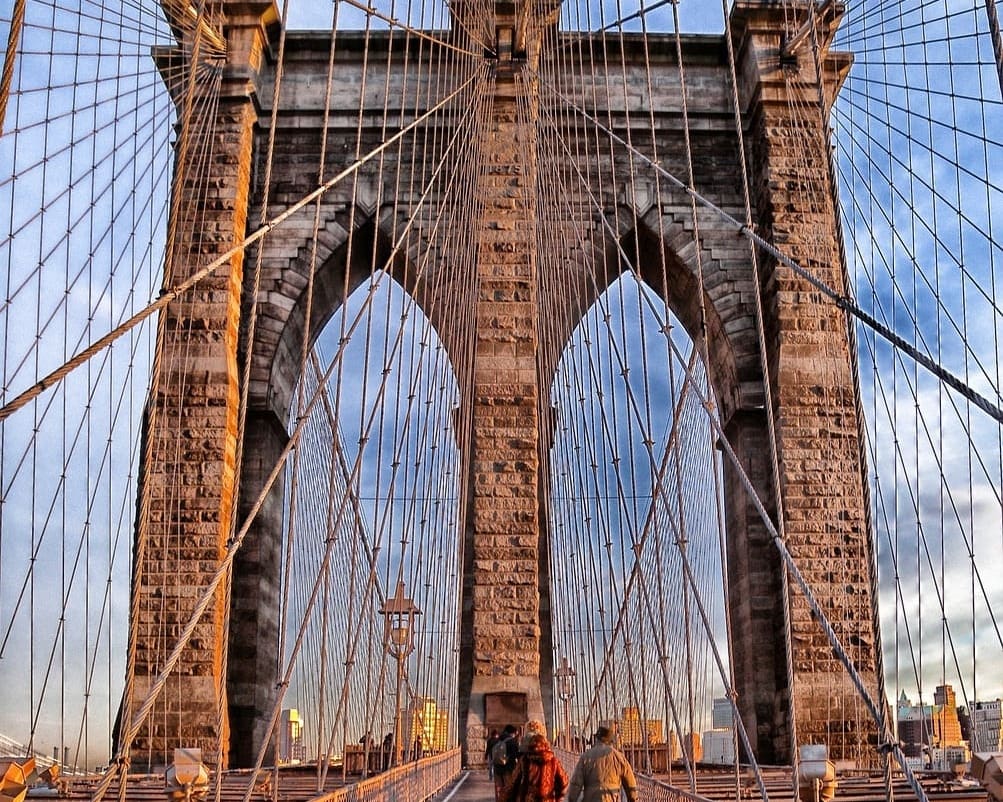Welcome to the vast and varied landscape of the United States, a country that stitches together a mosaic of cultures, breathtaking natural wonders, and pulsating metropolises. From the towering skyscrapers of New York City to the sun-soaked shores of California, the United States offers endless adventures to suit every traveler’s taste.
Discover the heart and soul of America through its iconic landmarks, indulge in culinary delights that span the spectrum of global cuisine, and immerse yourself in the natural beauty that sprawls from the majestic Rocky Mountains to the serene beaches of the Gulf Coast.
Whether you’re drawn to the allure of urban exploration or the call of the wild, our guide to the United States is your gateway to unforgettable experiences. Get ready to dive into the melting pot of the world, where every visit enriches your story with new chapters of diversity, innovation, and tradition.

The Best Time To Visit
The best time to visit the United States really depends on what you’re looking to do and where you want to go, given the country’s vast size and diverse climates. However, generally speaking:
Spring (March to May) and Fall (September to November) are widely considered the best times to visit most parts of the U.S. These seasons offer mild weather, fewer crowds than the peak summer months, and the natural beauty of spring blooms or autumn foliage. Spring is ideal for exploring the great outdoors, visiting national parks, and enjoying the many festivals. Fall, with its cooler temperatures and colorful landscapes, is perfect for outdoor activities and experiencing the country’s rich harvests, especially in New England and the Midwest.
Summer (June to August) is peak tourist season, especially for beach destinations like California, Florida, and Hawaii, and famous landmarks across the country. While it’s a great time for outdoor adventures, be prepared for higher prices and larger crowds. The weather can be hot and humid in many parts of the country, but it’s also when the U.S. is buzzing with energy, outdoor dining, and festivals.
Winter (December to February) is ideal for winter sports enthusiasts, with world-class skiing and snowboarding in places like the Rocky Mountains and parts of the Northeast. It’s also a magical time for holiday festivities in cities like New York City and Chicago. However, winter weather can be harsh in many northern and midwestern states, so it’s less ideal for sightseeing in those areas unless you enjoy the cold..
What To Know
In the United States, English is the dominant language. Interestingly, it’s not officially designated as the national language at federal level.
The U.S. is known for its cultural diversity, which is reflected in the multitude of languages spoken across the country. Spanish is the second most spoken language, thanks to a significant Hispanic and Latino population.
For travelers, English proficiency is generally expected for navigation and communication.
The currency used in the United States is the US Dollar
The United States is generally safe for travelers, with safety levels varying across its diverse urban, suburban, and rural areas.
While popular tourist destinations are typically safe, it’s essential to research specific locations, stay aware of your surroundings, and follow standard safety measures. Be mindful of the potential for natural disasters in certain regions and seasons, and consider the high cost of healthcare by securing travel insurance.
Emergency services are accessible by dialing 911. Checking travel advisories from your country for up-to-date information on the U.S. is also advisable.
With sensible precautions and an awareness of local laws and customs, visitors can enjoy a secure and enjoyable trip to the U.S.
Public transportation in the United States varies greatly by region, with some areas offering extensive networks and others being more car-dependent.
Major cities like New York, Chicago, and San Francisco have robust public transit systems that include buses, subways, and trains, facilitating relatively easy and efficient travel within and between urban areas. In contrast, many suburban and rural areas have limited public transit options, making personal vehicles a necessity for getting around.
Amtrak provides intercity train service connecting major cities across the country, though it’s less extensive and frequent than train services in some other countries. Regional rail services in metropolitan areas like the Northeast Corridor can be a convenient way to travel between cities.
Long-distance bus companies, such as Greyhound and Megabus, offer services between cities nationwide, providing an affordable though slower alternative to air travel.
In most urban centers, taxis and ride-sharing services like Uber and Lyft are widely available, offering convenient, though more costly, travel options.
USA Travel Guides
December 10, 2024
The Top 15 Luxury Hotels in Aspen
April 19, 2024
15 Nice Beaches In The US
January 18, 2024
The 15 Top Ski Towns In The USA
July 18, 2023
The Climate and Weather in New York
July 4, 2023
The Best Beaches in Venice, Florida
April 1, 2022
